Love & Fascism In The 21st Century (2018)
Love & Fascism in the 21st Century
Género :
Tiempo de ejecución : 1H 14M
Director : Carmen-Sibha Keiso
Sinopsis
In search of the archival, Carmen-Sibha Keiso re-imagines theatre and film through personal narrative in her conceptual debut: Love & Fascism In The 21st Century. "... if Rappaport was in an art school." - Ferran Pla

Recopilación que incluye seis de los trabajos más experimentales e insólitos del director norteamericano: ficción, animación y drama en seis cortometrajes que ya anticipan el espíritu transgresor, las atmósferas oníricas y extrañas del visionario creador David Lynch. Los cortos incluidos son: Six Figures Getting Sick, The Alphabet, The Grandmother, The Amputee, The Cowboy and The Frenchman, Premonitions Following an Evil Deed.
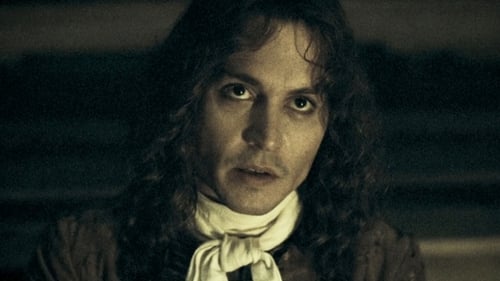
Londres, 1660, Época de la Restauración. En un periodo en el que tienen lugar constantes descubrimientos y progresos en el mundo de la ciencia, la religión y las artes, vive el decadente John Wilmot (Johnny Depp), Conde de Rochester, amigo y confidente del rey Carlos II de Inglaterra (John Malkovich). Wilmot, destacado poeta, dramaturgo, soldado y cortesano, mujeriego, hedonista y libertino, es uno de los personajes más peculiares e influyentes del siglo XVII.
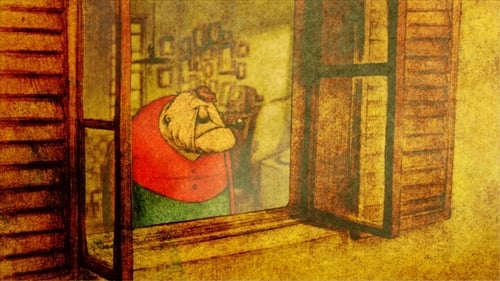
Un anciano vive en una ciudad casi inundada; así que continuamente debe construir una planta más sobre su apartamento debido al incesante crecimiento del nivel del agua. Al realizar la última mudanza, se le cae su preciada pipa y decide bajar a rescatarla. Cuando logra recuperarla, inicia un viaje retrospectivo a través de los mejores momentos de su vida.
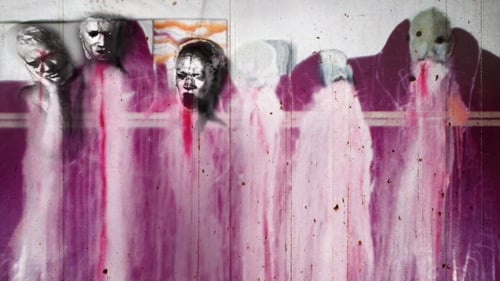
Primer trabajo de Lynch, de vocación experimental. Lo produjo él mismo (presupuesto: 200$) y fue el primer peldaño en su carrera cinematográfica.

Glimpses and sparkles of light lead us onto the dreamy path of a timeless place, immersed within ancient nature. There, the ancestors move beyond the darkness, seeking to create another (im)possible world.

In the seaside town of Canvey Island, we meet Charlie, an 8-year-old boy with a great imagination. He spends his school summer holidays in isolation, playing with his toys and too afraid to leave his room. One fateful day he becomes so hungry he must venture downstairs and into certain danger to retrieve food. It is on this mission where he comes face to face with his greatest fear; his Zombie Parents! And his true adventure begins!
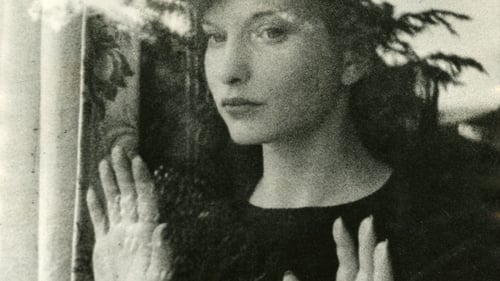
Una mujer (interpretada por la propia Maya Deren) explora sus propias imágenes interiores, a través de un sueño, donde los objetos ordinarios de su vida diaria consiguen un misterio sobrecogedor. Deren (1917-1961) explicó que quería "plasmar en la película la sensación que experimenta un ser humano sobre un incidente, más que grabar el incidente con precisión". Codirigido con su marido, el director de fotografía Alexander Hammid, "Meshes of the Afternoon", a través de sus múltiples lecturas y reinterpretaciones, pronto se erigió como uno de los films experimentales más importantes de todos los tiempos, y convirtió a Maya Deren en la voz preeminente del "avant-garde cinema" de los Estados Unidos en los años 40 y 50, influyendo en directores como Jean Cocteau, Luis Buñuel o David Lynch. El film lo adquirió el MoMA -The Museum of Modern Art- de Nueva York.

CREMASTER 4 (1994) adheres most closely to the project's biological model. This penultimate episode describes the system's onward rush toward descension despite its resistance to division. The logo for this chapter is the Manx triskelion - three identical armored legs revolving around a central axis. Set on the Isle of Man, the film absorbs the island's folklore ...
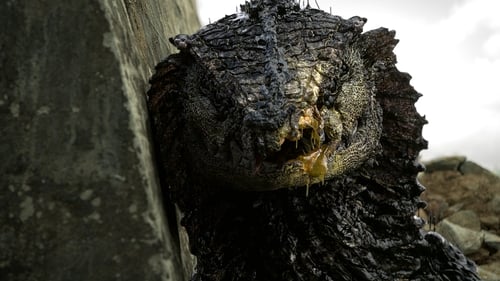
"Rakka" es la historia de la humanidad después de la invasión de una especie alienígena tecnológicamente superior. Desolados desgarradores e implacables, los humanos deben encontrar suficiente valor para seguir luchando.

Investigating autumn, temporal alterations, and their effect on movement

Mockumentary experimental film, which shows one day in the life of a young man. The action takes place on the Day of Soviet Cosmonautics, April 12, one of the last years of the USSR. Outside the window, it is gradually getting warmer, the onset of spring is felt, promising hope for the possibility of changes in the country. The hero of the film is fond of space. The young man, who idolizes Gagarin, is engaged in reconstruction, making the uniform in which the cosmonaut walked in the prime of his glory. Our hero is also a film enthusiast. He makes films with stories of space flights and shows them to his friends. The film is stylized as amateur films of the 1980s and was shot on a 16-mm color film made by the company" Svema", made in the Soviet Union. The quality of this film allows the viewer to fully immerse themselves in the atmosphere of the time of the film, which is dedicated to Soviet cosmonautics and Edward D. Wood Jr.
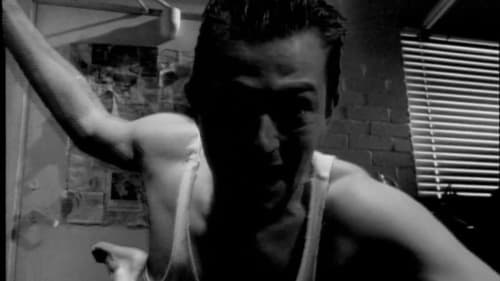
Un hombre se encuentra solo en una habitación, persiguiendo a algo sin descanso...
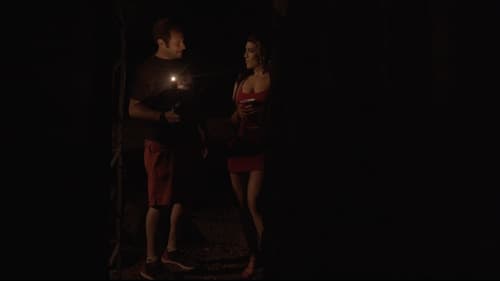
A costume designer is sent to the Catskills for an interactive theatre piece set in the 1920s. When she arrives things seem dark, strange and off. She soon realizes she is part of a student film.
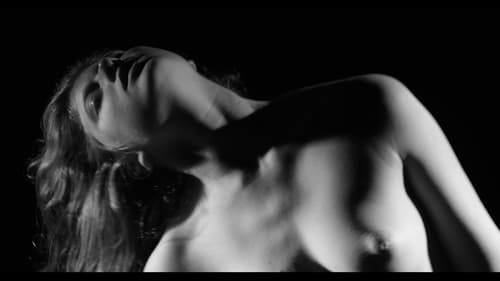
Amor y Asfixia explora la relación entre el cuerpo y la danza a través del amor. La danza se convierte en un vehículo para mostrar las diferentes fases del amor. Consta de tres escenas que buscan desmontar ciertos estereotipos sociales vinculados al cuerpo de la mujer y su papel en la danza. Amor y asfixia es un cortometraje que experimenta con el cuerpo humano para iniciar una discusión más amplia.
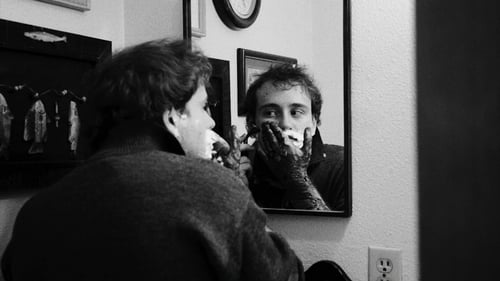
Seeking fulfillment, a young drifter forgoes isolation to embark on a year-long murder spree.
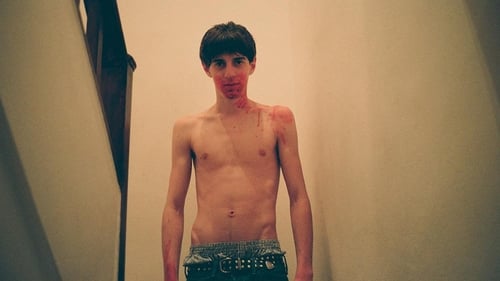
Profesor en una escuela de idiomas, cuando el horario laboral ha terminado, Carlos se pasea por la zona de cruising de Montjuïc. Allí encontrará a Toni, uno de sus estudiantes, un chico que parece distinto a todos los demás y por el que Carlos comenzará a sentir atracción, dando pie a una cinta con una envolvente banda sonora de Don the Tiger.
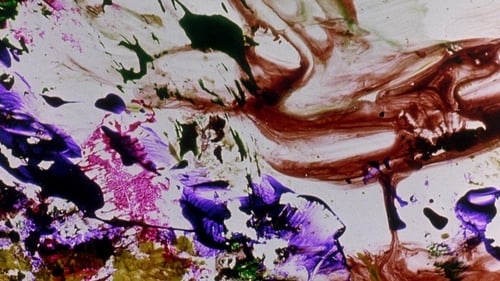
A visual representation, in four parts, of one man's internalization of "The Divine Comedy." Hell is a series of multicolored brush strokes against a white background; the speed of the changing images varies. "Hell Spit Flexion," or springing out of Hell, is on smaller film stock, taking the center of the frame. Montages of color move rapidly with a star and the edge of a lighted moon briefly visible. Purgation is back to full frame; blurs of color occasionally slow down then freeze. From time to time, an image, such as a window or a face, is distinguishable for a moment. In "existence is song," colors swirl then flash in and out of view. Behind the vivid colors are momentary glimpses of volcanic activity.

2012: Time For Change is a documentary feature that presents ways to transform our unsustainable society into a regenerative planetary culture. This can be achieved through a personal and global change of consciousness and the systemic implementation of ecological design.

A Japanese fairy tale meets commedia dell'Arte. All in white, the naïf Pierrot lies in a wood. Doo-wop music plays as he rises, stares about, and reaches for the moon. Although music abounds and the children of the wood are there at play, Pierrot is melancholy and alone. Harlequin appears, brimming with confidence and energy. He conjures the lovely Colombina. Pierrot is dazzled. But can the course of true love run smooth?
Filmed in France in 1950, it was not completed nor released until 1971



















